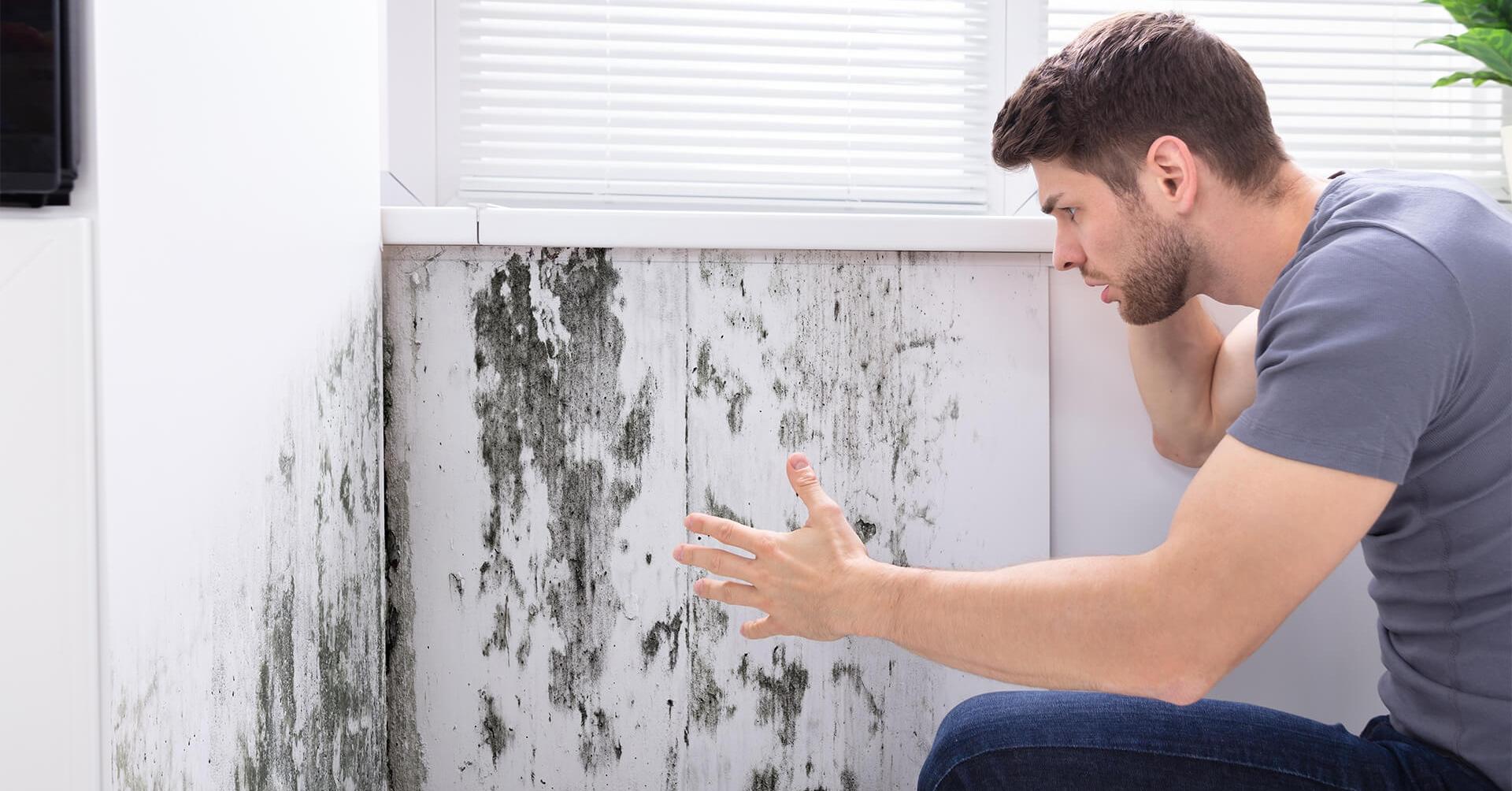Mold thrives in warm, damp environments. It can contaminate materials and cause respiratory and other health problems when inhaled.
If you suspect you have a mold outbreak, attack it as soon as possible. Be sure to wear gloves, long sleeves and pants when cleaning a contaminated area. Remove porous items that cannot be fully cleaned (like drywall, ceiling tiles and carpeting). Clean and dry fabrics often.
If you’re interested in finding out more about commercial cleaning services in melbourne visit Bax Clean.
1. Keep Your Home Dry
Moisture is the biggest cause of mold and mildew. While it is often impossible to eliminate mold and mildew once they have appeared, controlling moisture levels is the best way to prevent them from spreading.
Mold spores are present in the air and can enter your home through open windows or doors. They can also be carried in clothing, shoes or umbrellas and are attracted to cellulose materials such as fabrics and wood.
Typically, mold grows when there is a high level of humidity or poor ventilation. Routine household activities can lead to high moisture levels including drying clothes indoors, taking hot showers and cooking. Installing a dehumidifier and improving ventilation can prevent high humidity levels.
If you’re interested in finding out more about hardware suppliers make sure you check out Ovesco.
2. Don’t Leave Water on the Floor
Mold spores can’t grow without moisture, so it’s important to eliminate excess moisture in the house. This can be done by regularly cleaning and drying surfaces.
For example, don’t leave wet towels on the bathroom floor and run a fan after showering to dry the area quickly. It’s also helpful to keep a dehumidifier in the house, especially during humid weather, to help lower humidity levels and inhibit mold growth.
Also, consider adding insulation to cold surfaces and windows to reduce condensation and prevent water seepage. This will protect the structure of the home and prevent mold from growing in the future. Finally, use a hygrometer to monitor indoor humidity levels in real-time. This inexpensive tool is available at many hardware stores. Ideally, the humidity should be below 60% to inhibit mold growth.
3. Don’t Let Leaks Go Unchecked
Mold can thrive on anything that’s damp, including carpets, rugs, wallpaper and drywall. It produces spores that can become airborne and inhaled. These spores can cause mild to severe health problems.
You can prevent mold from growing by making sure that all areas of your home are properly insulated and ventilated. Use dehumidifiers, fans and open windows in hot, humid weather to reduce the amount of moisture in the air. Fix any leaks as soon as you notice them. Your best bet is to hire a professional plumber out to check all the plumbing lines and detect any plumbing issues. Your home warranty coverages may allow you to use your plan and not have to worry about any additional costs.
If you do find some surface mold, it’s important to immediately correct the cause of the problem. Otherwise, the mold could recur, and you may have to spend thousands on expensive repairs (which are generally not covered by homeowners insurance). Ragsdale suggests spraying a mixture of water and a small amount of bleach onto any affected surfaces to kill the mold.
4. Keep Your Storage Areas Clean
Mold is not just bad—it’s dangerous. It produces allergens, irritants, and sometimes even mycotoxins.
While it’s not impossible to get rid of mold in a home, you need to be proactive. Make sure that any porous materials, like ceiling tiles and carpet, are replaced. Use a scrubbing brush and household bleach to clean up any moldy areas.
Molds thrive in warm temperatures and moist environments. They need 24-48 hours to start growing, so it’s important to wipe up standing water as soon as you see it. Also, always open the windows when showering and cooking to prevent condensation and run a fan while washing clothes, dishes, or running a load of laundry. It’s also a good idea to run air filters in high-moisture areas.
5. Install a Dehumidifier
Mold needs moisture to grow. If you want to keep your new house free of mold, consider using a dehumidifier. These can be purchased at most hardware stores and are inexpensive. The EPA recommends keeping indoor humidity below 60 percent. Clues of excessive humidity include condensation on windows or pipes and musty odors. If you notice these problems, dry surfaces immediately and look for the source of the problem.
You can also help prevent mold by allowing sunlight to filter through closed curtains during the day. Keep air circulating in the house by opening windows and running fans during and after bathing or cooking. Avoid letting clutter build up because it sends mold spores into the air. These tips are easily applicable to most homes, including newly built ones that are designed for energy efficiency.
